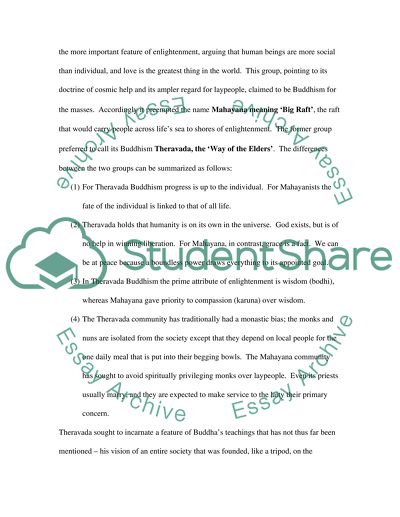Cite this document
(“Buddhism: Its Essence and Development Assignment”, n.d.)
Buddhism: Its Essence and Development Assignment. Retrieved from https://studentshare.org/religion-and-theology/1521108-buddhism-college-essay
Buddhism: Its Essence and Development Assignment. Retrieved from https://studentshare.org/religion-and-theology/1521108-buddhism-college-essay
(Buddhism: Its Essence and Development Assignment)
Buddhism: Its Essence and Development Assignment. https://studentshare.org/religion-and-theology/1521108-buddhism-college-essay.
Buddhism: Its Essence and Development Assignment. https://studentshare.org/religion-and-theology/1521108-buddhism-college-essay.
“Buddhism: Its Essence and Development Assignment”, n.d. https://studentshare.org/religion-and-theology/1521108-buddhism-college-essay.


